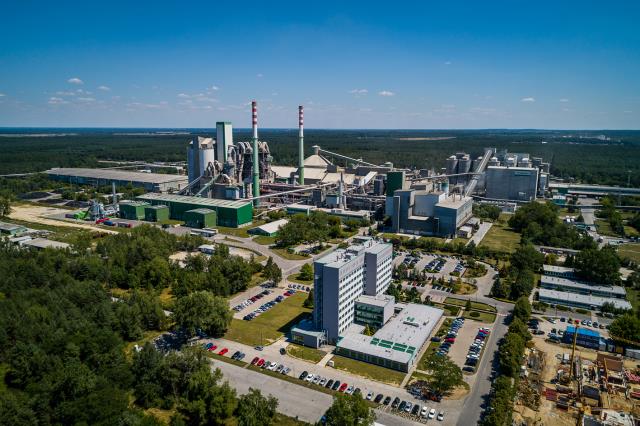Project ACCSESS will see a consortium of 18 industry partners and research organisations, including HeidelbergCement, collaborate in a range of activities to speed up deployment of CCUS and link CO2 emitters from mainland Europe to the storage fields in the Nordics.
Project coordinator, Sintef Energi AS from Norway, has officially presented the EUR18m ACCSESS project, which has been rewarded EUR15m out of the EU Horizon 2020 budget.
"As part of our participation in ACCSESS, HeidelbergCement will pilot a new carbon capture technology in Poland," says Dr Dominik von Achten, chairman of the Managing Board of HeidelbergCement. "The tests of an enzyme-based capture unit at our Górażdże plant will deliver important insights how we can further reduce costs in the capture process. At the same time, it will emphasise our strategy to expand CCUS further into our Eastern European based assets." The enzyme-based capture unit will allow a broader use of the waste heat and will simplify the control of secondary emissions.
For HeidelbergCement, the ACCSESS project comprises three focal points. In addition to testing the separation technology in Poland, HeidelbergCement and its partners will carry out a study to explore the optimal integration of a carbon capture unit at the Hanover plant in Germany. The third pillar focusses on all aspects of transporting CO2 from sites in mainland Europe to Norway, including all regulatory aspects of cross-border CO2 transport. The consortium will develop transport systems from the Hanover and Górażdże cement plants to the Northern Lights storage facility in Norway which a joint project by the oil and gas companies Equinor, Shell and TotalEnergies.
The ACCSESS project is slated for a duration of 48 months, from May 2021 to April 2025. It is being coordinated by Sintef and 17 other partners from academia and industry.

HeidelbergCement's Górażdże cement plant in Poland will test the enzyme-based CO2 capture unit
